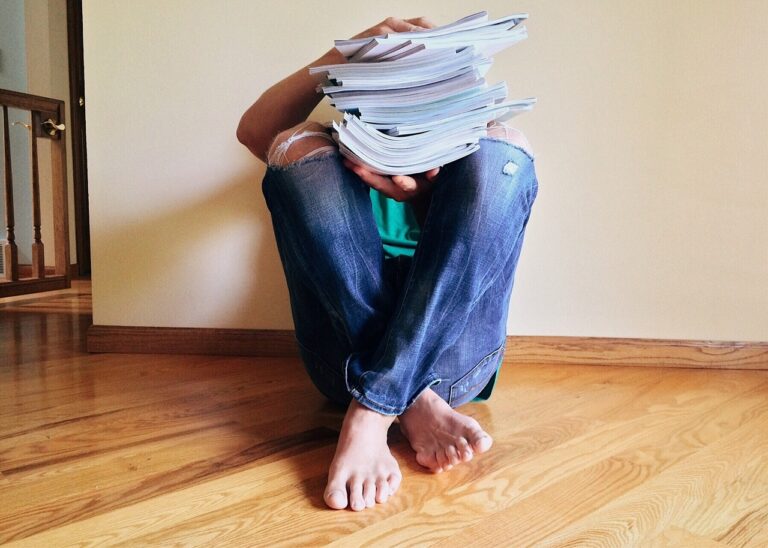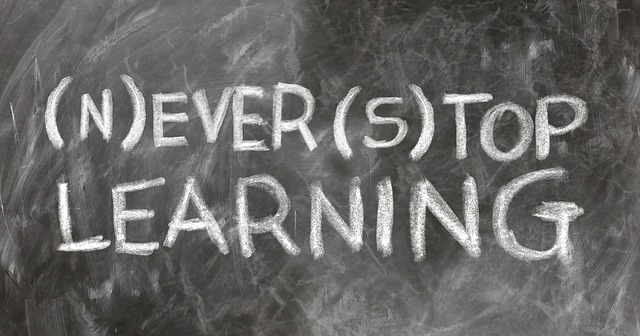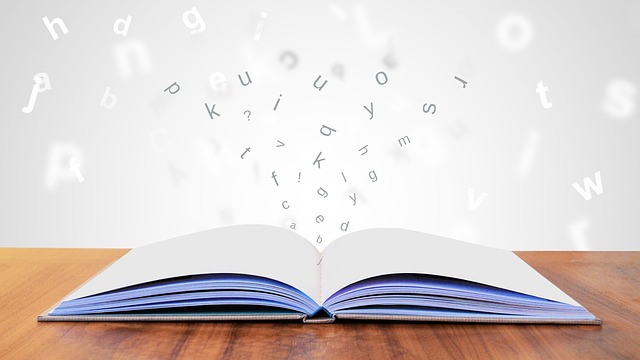Exploring the Role of Mindfulness in Supporting Students with Trauma Histories
Trauma can have a profound impact on a student’s ability to learn and thrive in an educational setting. When a student has experienced trauma, their brain may be in a constant state of hyperarousal, making it difficult for them to focus, regulate emotions, and engage effectively with learning material. This heightened state of stress can also impair memory and cognitive functioning, hindering the student’s ability to retain information and perform well academically.
Furthermore, students who have experienced trauma may exhibit behaviors such as emotional outbursts, withdrawal, or difficulty forming trusting relationships with teachers and peers. These behaviors can create additional challenges in the classroom, not only for the student directly affected by trauma but also for their classmates and teachers. It is crucial for educators to recognize and understand the impact of trauma on student learning in order to provide appropriate support and create a safe, nurturing environment for all students to succeed.
Understanding the Connection Between Mindfulness and Trauma Recovery
Trauma can deeply impact how students learn and engage in the classroom. It can manifest as difficulty focusing, heightened stress responses, and emotional dysregulation. When students have experienced trauma, their brains are often in a state of hypervigilance, making it challenging to concentrate on academic tasks. Additionally, the emotional toll of trauma can interfere with their ability to form relationships with peers and teachers, creating barriers to learning and development.
Mindfulness practices offer a way to support students in their trauma recovery journey. By encouraging students to stay present in the moment without judgment, mindfulness can help regulate their emotions, reduce stress, and improve their overall well-being. Mindfulness techniques can empower students to manage their reactions to triggers, build resilience, and cultivate a sense of calm and safety, which are crucial elements in the healing process from trauma.
Practical Strategies for Implementing Mindfulness in the Classroom
Incorporating mindfulness practices in the classroom can greatly benefit students, especially those who have experienced trauma. One strategy is to start each class with a brief mindfulness exercise, such as deep breathing or body scans. These practices can help students calm their nervous systems and focus their attention on the present moment, creating a more conducive environment for learning.
Another effective strategy is to integrate mindfulness into existing curriculum content. For example, teachers can incorporate mindful listening exercises during discussions or have students practice mindful journaling as a way to reflect on their learning experiences. By weaving mindfulness into academic activities, educators can help students develop important emotional regulation skills and cultivate a deeper sense of self-awareness.
How can trauma impact student learning in the classroom?
Trauma can impact student learning by impairing cognitive functions, emotional regulation, and behavior, leading to difficulties in focusing, processing information, and forming relationships with others.
What is the connection between mindfulness and trauma recovery?
Mindfulness practices can help individuals, including students, regulate their emotions, reduce stress, and increase self-awareness, which are essential components of trauma recovery.
How can teachers implement mindfulness in the classroom?
Teachers can implement mindfulness in the classroom by incorporating short mindfulness exercises, such as deep breathing or body scans, at the beginning or end of lessons, creating a calm and focused environment for students.
Are there any specific strategies for implementing mindfulness for students who have experienced trauma?
For students who have experienced trauma, it is important to approach mindfulness practices with sensitivity and awareness of potential triggers. Teachers can provide options for students to choose the type of mindfulness practice that feels safe and comfortable for them.
How can teachers support students in practicing mindfulness outside of the classroom?
Teachers can encourage students to continue mindfulness practices outside of the classroom by providing resources, such as guided meditation apps or journals, and incorporating mindfulness into homework assignments or extracurricular activities.







